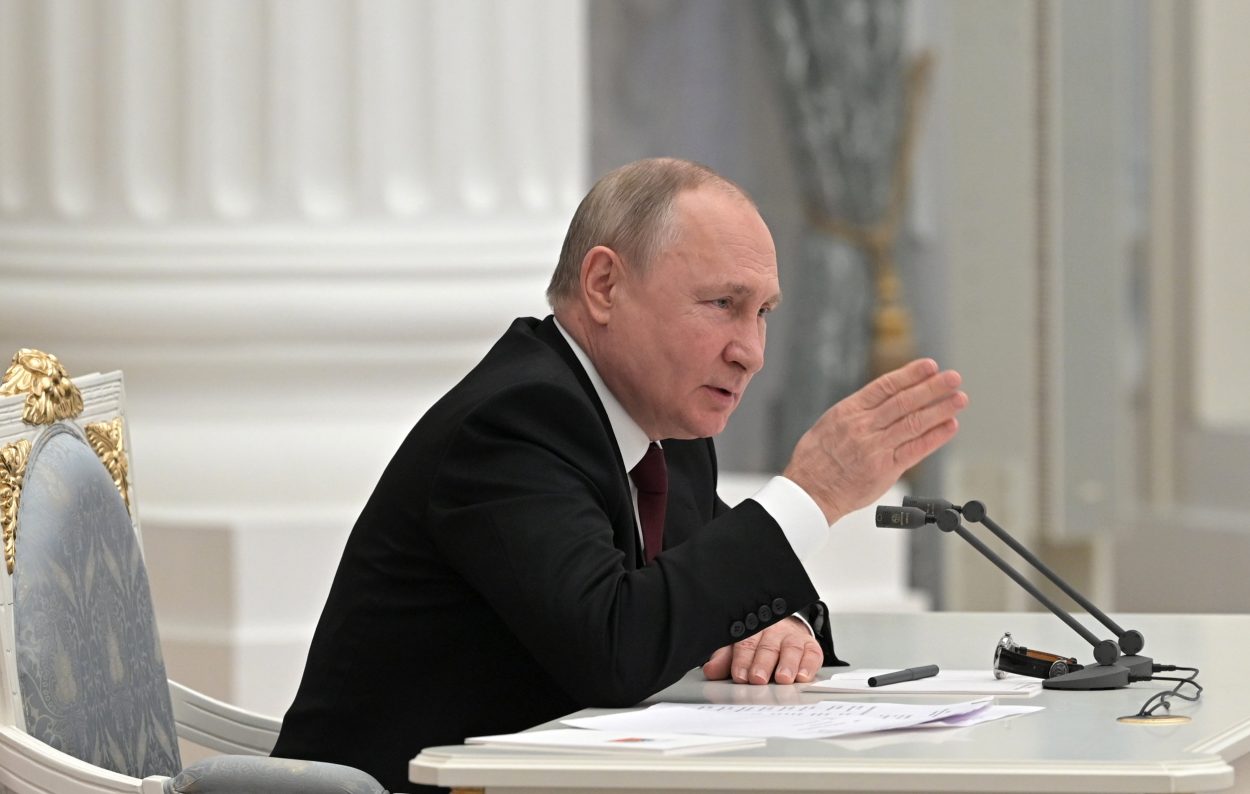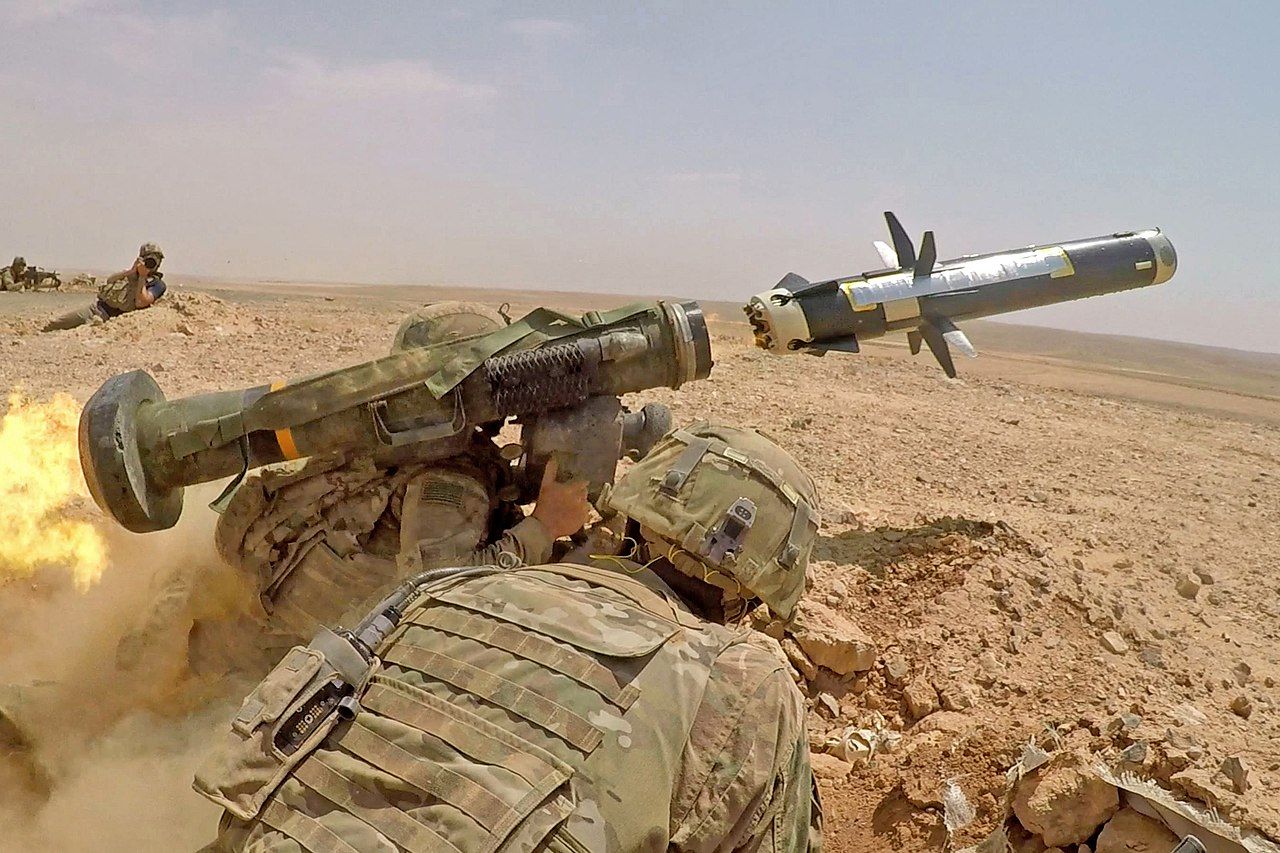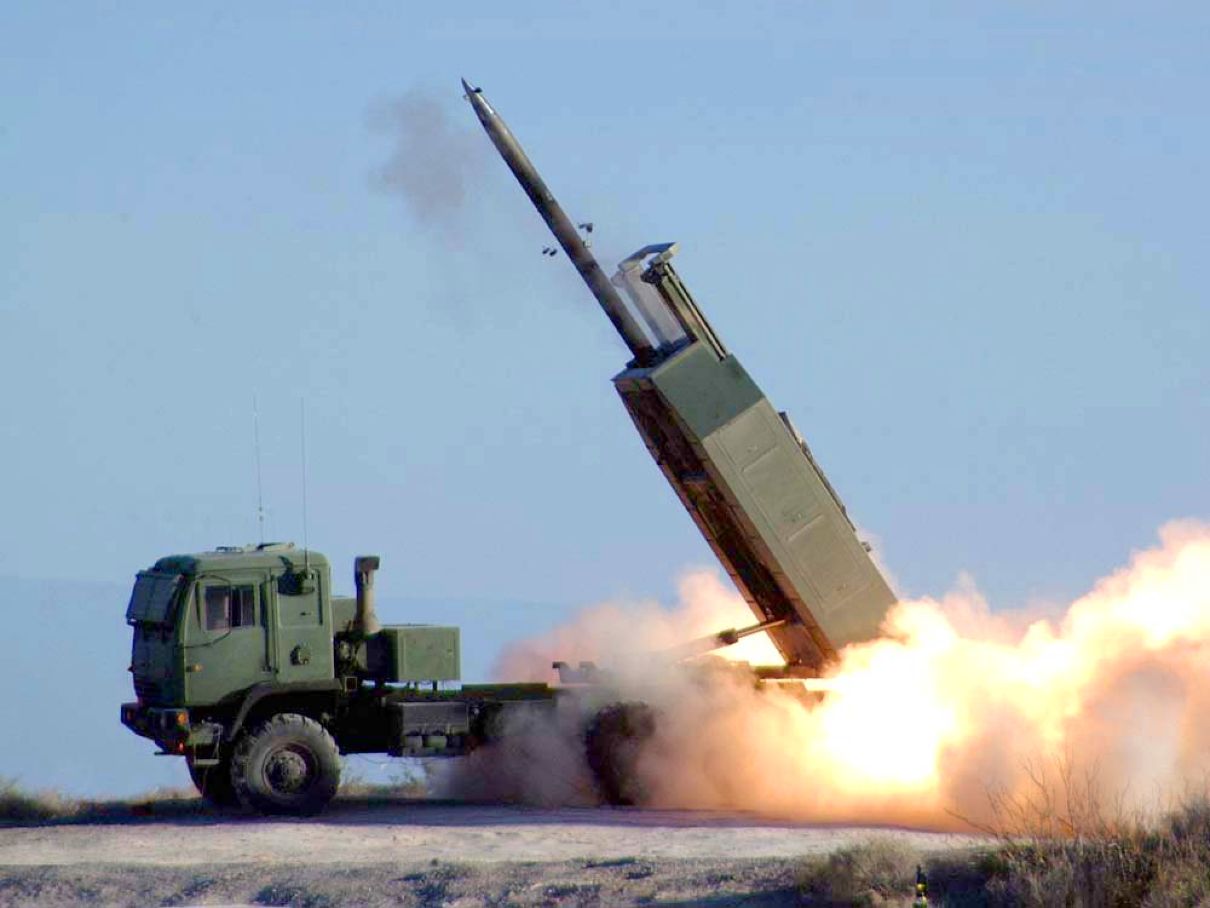The speed at which Russia is burning its ammunition in Ukraine exceeds the ability of its defense industry to produce it.
This was stated by the Director of National Intelligence of the United States, Avril Haines. At the same time, according to her, Russia uses precision-guided munitions even faster than conventional ones.
Russia is using up ammunition “quite quickly,” driving the Kremlin to look at other nations for help, Haines told NBC News. “And our own sense is that they are not capable of indigenously producing what they are expending at this stage. So that is going to be a challenge.”
The US recently claimed that Russia was firing a stupendous 20,000 artillery rounds a day, even as it has suffered a series of setbacks on the battlefield.
Earlier, Ukraine’s Defense Minister Oleksii Reznikov said that there are four enemies of Russia’s missile arsenal while suggesting that the country is running low on missiles.
“Four enemies of the Russian missile arsenal: brilliant Ukrainian air defense forces; inept Russian missile forces; sanctions; time,” Reznikov said in a tweet on November 22, as he shared an illustration showing Russia’s high-precision missile arsenal as of November 18.
“Let’s demilitarize the terrorist state to live in peace!” the Ukrainian defense minister continued.
Four enemies of the russian missile arsenal:
brilliant Ukrainian air defense forces; inept russian missile forces; sanctions;
time.
Let's demilitarize the terrorist state to live in peace! pic.twitter.com/ndttmXCc22— Oleksii Reznikov (@oleksiireznikov) November 22, 2022
As per the illustration shared by Reznikov, as of November 18, Russia is left with 8,476 missiles out of its pre-war stockpile of 11,227, which includes ground-launched, sea-launched, and air-launched missiles.
Notably, these 8,476 missiles also include the additional 664 missiles produced by the Russian defense industry since the war in Ukraine began in February.

In October, the Chief of the Ukrainian Ministry of Defense’s Main Directorate of Intelligence told Ukrainian Pravda that just 13% of Russia’s Iskander ballistic missiles were left.
“About 13% remains for Iskanders, about 43% for Kalibr-PL, Kalibr-NK missiles, and about 45% for Kh-101 and Kh-555 missiles. It is generally hazardous to fall below 30% because it already goes to NZ [intact reserve], Budanov said.
Kremlin Acknowledges The Crisis
In a rare occurrence, Kremlin also admitted in late October the problems faced by the Russian Army with the supply of equipment for its conscripted soldiers after President Vladimir Putin’s partial mobilization order, which according to Russian officials, would affect around 300,000 reservists.
“Indeed, there were problems with the equipment, including some of them still exist, although the vigorous measures taken to rectify the situation are already yielding the first positive results,” said Kremlin spokesperson Dmitry Peskov.
Peskov said that Coordination Council created by President Putin on October 20 was working on addressing the situation and recalled that the President had held a meeting with the council members on October 25.
“Now, we are also faced with the need to speed up resolution of the issues related to the provision of a special military operation and related to the fight against those restrictions in the economic sphere that we have encountered,” Putin said while speaking at the first meeting of the newly formed Coordination Council.

In addition, the Russian government has been taking specific measures to replenish its diminishing missile stockpile.
For instance, two missile plants have revamped their operations since May significantly. First is the Novator plant that produces missiles for Iskander and Buk systems, Kalibr missiles, and several ship-based missiles.
The plant is said to have received additional funds and has reportedly worked round the clock in three shifts. It is known to produce around 100-120 Kalibr units per year and several dozen cruise missiles for the Iskander system.
Nevertheless, the factory is struggling to increase production volume, as it would require additional engineers, mechanics, and other technical workers.
The second is the Votkinsk Plant which manufactures ballistic missiles for the Iskander and Yars system,s and the Bulava ballistic missiles for Russia’s Borei-class nuclear submarines.
In 2020, the plant adopted a four-day per week schedule, laying off employees of retirement age and employees of subsidiaries, but in March, it was reported that the company had opened up 500 additional vacancies. The company is said to have increased its production to around 60 missiles from about 50 a year earlier.
Western Stockpiles Are Diminishing Too
Meanwhile, Kyiv’s Western partners are not without problems either, as they face a similar situation where the war in Ukraine is eating into their inventories of weapons. Soon, this could jeopardize their readiness levels.
“I think everyone is now sufficiently worried,” a NATO official told Foreign Policy earlier this month, on condition of anonymity, while adding that allies had called on Western defense contractors to increase their production in light of the war. “The relevance of stockpiling is back.”
The official said that NATO is debating how to support members if their stockpiles reach levels below the threshold necessary to fulfill their defense obligations under the North Atlantic Treaty.
As EurAsian Times reported in late October, the Ukraine war is causing severe depletion of US weapons stockpiles, with the country’s defense industry struggling to fulfill Washington’s commitments to Kyiv while at the same time jeopardizing US security.
Experts note that the US weapons stockpiles are reaching the minimum levels needed for war plans and training, raising concerns about the country’s ability to respond if another conflict breaks out.
For example, the US is running low on the HIMARS (High Mobility Artillery Rocket System). While the Biden administration has promised to supply around 40 HIMARS units to Ukraine, only half have been delivered to the war-ravaged country thus far.
A senior US official said the rest would likely not be delivered for a few years.
Likewise, the US sent one-third of its Javelin anti-tank missiles to Ukraine, which played an instrumental role in keeping the Russian forces from occupying Kyiv in the early weeks of the Ukraine war.

However, the US government cannot easily send more Javelins to Ukraine without severely depleting its armories. It may take months or even years to ramp up production and restock the weapons significantly.
James Taiclet, the CEO of Lockheed Martin, which produces Javelin and HIMARS, said on October 18 that the company would increase production of HIMARS up to 96 units per year from 60, but it will take years to reach that number.
The American defense industry, as of present, is intended for peacetime production and is unable to produce equipment at wartime rates.
One of the significant factors behind this is the dwindling demand for equipment from the US Military after the end of the Cold War.
In the 1960s, when the US was engaged in an arms race with the Soviet Union, the country’s defense spending accounted for over 9% of its GDP, which came down significantly to around 5% in the 1990s before ultimately falling to 3% in 2020. A substantial defense budget is allocated for manpower, health care, etc.

Overall, the US and NATO countries are urging their respective defense industries to ramp up production.
“We pushed to galvanize our industrial bases to fire up production for the systems to defend Ukraine, even while meeting our own security needs,” US Defense Secretary Lloyd Austin told reporters on October 12, after the meeting of around 50 global defense chiefs in Brussels.
However, the defense contractors have been hesitating to play ball, as they need assurances that the demand for increased arms will not dwindle after the war in Ukraine is over.
“Their fear is that the war will end and the orders will end, and they will end up with these expanded factories that don’t have any orders to fill them,” said Mark Cancian, who headed Pentagon’s force structure and investment division until 2015.
The Ukrainian military has also begun experiencing a shortage of primary weapons such as light arms and shoulder-fired missile systems like Stingers, Javelins, and the British- and Swedish-made next-generation light anti-tank weapons system, NLAW.
Furthermore, Ukraine has also reportedly run out of its Soviet-standard artillery ammunition, which forms around 60% of the country’s arsenal, forcing the Ukrainian military to use more NATO-standard artillery that cannot be produced at a rate necessary to sustain the war.
“We literally almost ran out of 152 [millimeter artillery],” said Sasha Ustinova, a Ukrainian parliamentarian. “So we’re totally dependent on the 155 [millimeter artillery], and the 155 is limited.”
- Contact the author at tanmaykadam700@gmail.com
- Follow EurAsian Times on Google News




